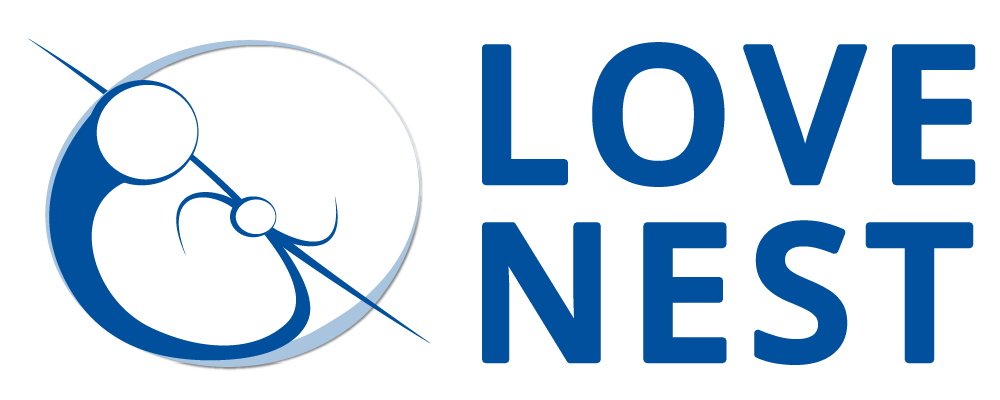We have compiled SpiderCat—the first comprehensive catalog of all publicly known spiders in the Galactic field. The catalog brings together radio timing data and multi-wavelength properties for every known system, currently encompassing 111 spiders and candidates across the main subclasses of redbacks and black widows, as well as rarer types such as transitional, huntsman, and tidarren pulsars. An interactive web interface allows users to explore and visualize the data and is designed to be continuously updated as new discoveries are made.
With SpiderCat, spiders can now be studied as a population. They represent the fastest-spinning neutron stars, with spin periods between 1.4 and 5.4 ms and occupy compact orbits of 2 to 26 hours (with a few exceptions). Distinct trends are already evident: redbacks host heavier companions, tend to have longer orbits, exhibit higher X-ray luminosities, and are optically brighter than black widows of similar color. In particular, we show that both redbacks and black widows lie in specific areas in the color-magnitude diagram, providing a useful criterion for identifying spider candidates in optical surveys. The Galactic distribution of spiders peaks toward the plane, with a scale height of ~0.7 kpc, suggesting that many more remain to be discovered both in the plane (where source confusion and extinction pose challenges) and at higher latitudes.
As a community resource, SpiderCat provides a foundation for investigating pulsar evolution, particle acceleration, and the maximum neutron star mass, placing spiders at the forefront of efforts to constrain the physics of ultra-dense matter. SpiderCat, along with its interactive online portal, will serve as a living database fueling discoveries about these strange and spectacular cosmic arachnids.

